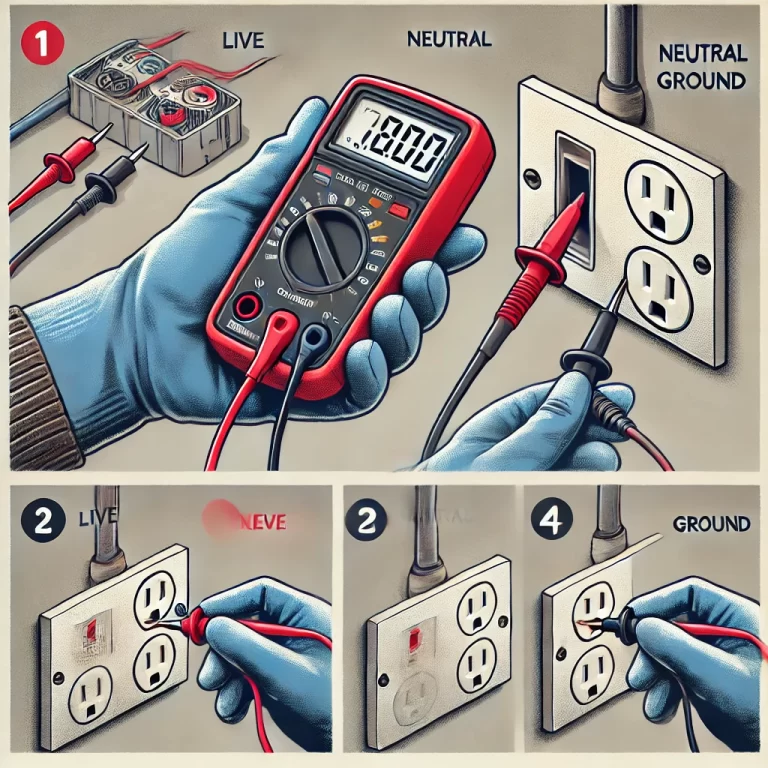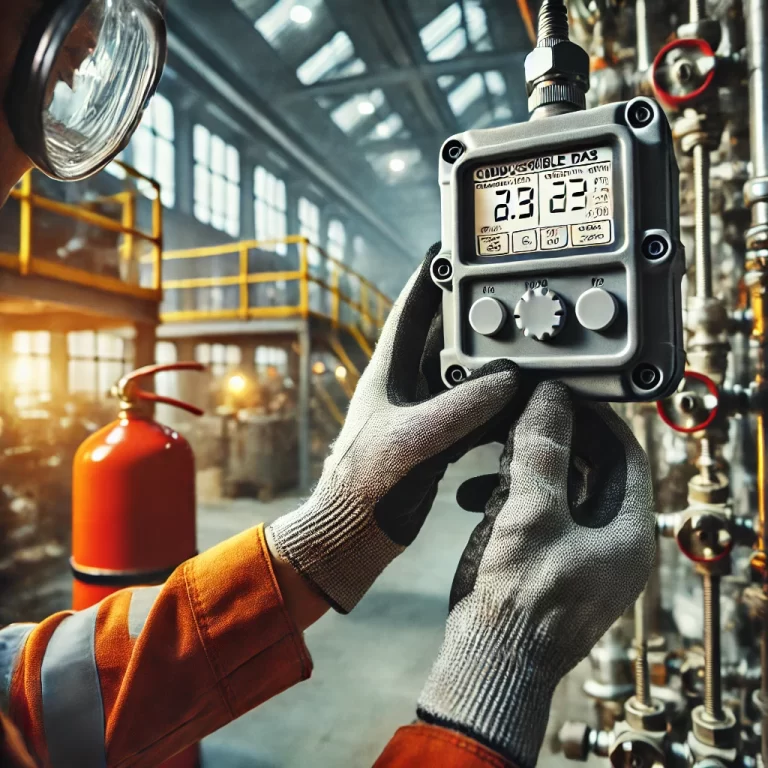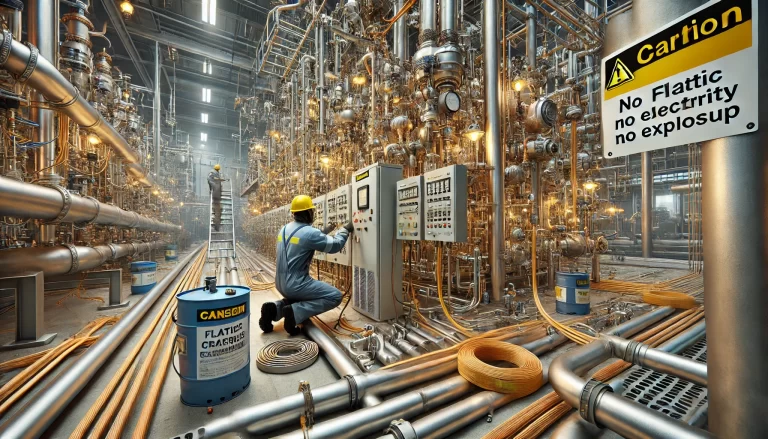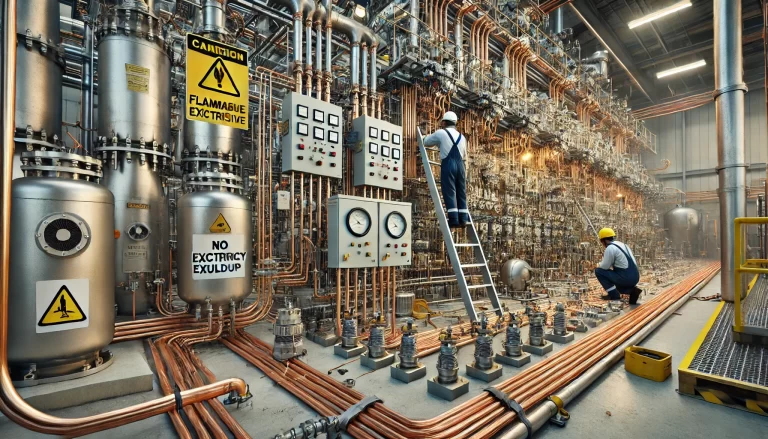Automation instruments are crucial in industrial settings, offering functions such as measurement, display, recording, and alarming. However, in real-world production, these instruments can fail due to aging equipment, improper installation, incorrect instrument selection, or mishandling. This leads to reduced measurement accuracy or even complete failure, potentially causing sudden process changes that could harm production safety. Detecting and resolving instrument faults promptly is crucial to ensure smooth operations.
Types of Instrument Failures and Their Causes
Instrument failure typically manifests as abnormal readings, such as unusually high or low readings, no change in readings, or fluctuating readings. The causes of these failures generally fall into two categories:
- Unreasonable process parameter settings, which cause abnormal readings.
- Faults in the measurement system, leading to inaccurate readings.
To ensure the smooth functioning of instruments, it is necessary to properly diagnose and analyze the causes of the fault. This requires knowledge of the following:
- Instrument Principles: Understanding the working principles, specifications, and features of the instruments.
- Process Understanding: Familiarity with the production process, material characteristics, and equipment properties.
- Measurement System Workflow: Being well-acquainted with the operational workflow of the measurement system.

1. Instrument Fault Diagnosis Methods
To address instrument faults effectively, several basic diagnostic methods should be mastered. These include:
A. Visual Inspection
- Check the instrument’s exterior for damage or wear.
- Ensure all cables, buttons, and knobs are in good working condition.
B. Internal Inspection
- Examine internal components like connectors, pins, and terminals for oxidation, corrosion, or loose connections.
- Check components like fuses and relays to ensure they are functioning properly.
C. Voltage and Current Measurements
- Use a multimeter to measure the voltage, current, and resistance in the system to verify if they are within normal ranges.
2. Common Instrument Failures and Solutions
A. Temperature Instrument Failures
Temperature instruments, such as thermocouples and resistance thermometers, often fail due to improper installation or damaged components.
Thermocouples require specific compensating cables that match the type of thermocouple used. Mixing cables or incorrect wiring can lead to measurement errors. Additionally, the wrong type of thermocouple for the temperature range can lead to faulty readings.
Resistance thermometers are used in lower temperature ranges and typically have two-wire, three-wire, or four-wire configurations. Common faults include inaccurate readings or maximum/minimum displays.
Common Solutions:
- Ensure thermocouple compensation wires are correctly matched to the thermocouple type.
- Inspect the wires for continuity and avoid short circuits or loose connections.
- When errors occur, first check whether the resistance or thermoelectric signal is detectable, then proceed to check for wiring issues.

B. Dual-Flange Differential Pressure Transmitter Failure (Level Measurement)
Dual-flange differential pressure transmitters are widely used for level measurements in tanks. Faults include significant discrepancies in the displayed level, which can cause serious issues like overflow or empty tank conditions.
- Possible Causes:
- Capillary tubes may rupture, causing a leak in the fill fluid.
- Changes in ambient temperature may cause the fill fluid to expand or contract.
- High-viscosity or crystallizing media may obstruct the sensor.
- Significant variations in the density of the medium due to process changes.
Solution:
- Capillary Tube Inspection: Ensure no blockages or ruptures.
- Temperature Control: Insulate the capillary tube to maintain a stable temperature.
- Recalibrate the transmitter if zero drift occurs.
- Adjust for medium density changes by recalculating the transmitter’s range parameters.
C. Control Valve Issues
Control valves often fail to operate correctly, showing issues such as failure to move, slow movement, leakage, or large fluctuations.
Common Problems and Solutions:
- Valve Does Not Actuate:
- Check for adequate air pressure or power supply to the valve. Ensure all connections are intact.
- Inspect the valve’s diaphragm and actuator for leaks.
- Verify the valve’s actuator head and stem for wear or damage.
- Slow Movement:
- Look for friction or misalignment in the valve stem. Replace any damaged parts.
- Check if the pneumatic actuator diaphragm is intact. If ruptured, replace it.
- Excessive Leakage:
- Check the valve seat for wear. Replace the seat if necessary.
- Ensure the valve stem is properly adjusted and that seals are in good condition.

D. Flowmeter Not Displaying Flow
When flow meters stop displaying readings, the issue can typically be traced to electrical or mechanical faults:
- Possible Causes:
- Loose or broken signal and power wires.
- Faulty display module or loose connectors.
- Malfunctioning transformer or fuse.
Solution:
- Check all wiring connections and replace any damaged or worn-out cables.
- Ensure that the display module and connectors are properly seated and undamaged.
- Inspect the transformer or fuse for damage and replace if needed.
E. Pressure Instrument Failures
Pressure instruments can fail due to mechanical problems, sensor malfunctions, or electrical interference. Common issues include fluctuating readings, constant readings despite changes in process, or incorrect readings.
Solution:
- For fluctuating readings, check for process parameter changes and correct PID settings.
- If the pressure stays constant despite changes, check the connecting lines for blockages or leaks. Inspect the instrument’s output module and replace if necessary.
- To address inaccurate readings, investigate possible electromagnetic interference and move the instrument away from sources of interference if possible.
F. Signal Line Issues
Signal lines in automation systems are susceptible to damage, including short circuits, open circuits, or insulation failure, which can disrupt signal transmission.
Possible Causes:
- Poor installation practices such as excessive pulling or incorrect routing near hot surfaces.
- Environmental damage such as exposure to high temperatures or chemical substances.
Solution:
- During installation, avoid excessive pulling and ensure that cables are routed away from high-temperature areas.
- Regularly inspect cables for damage and replace them if necessary. Using protective coatings or conduits can help prevent environmental damage.

Conclusion
Ensuring that automation instruments remain in good working condition is key to maintaining process stability and safety. By adhering to a proactive maintenance and inspection schedule, training operators to identify potential issues early, and implementing a structured fault diagnosis procedure, you can minimize downtime and improve overall system reliability.
